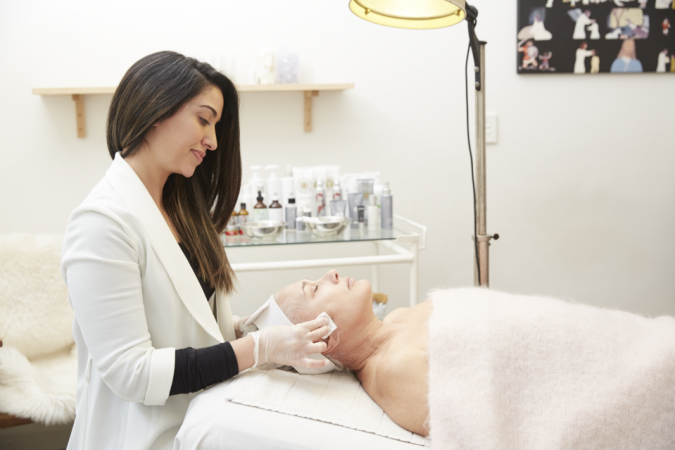You’re likely accustomed to thinking it’s more profitable for your business to squeeze in as many appointments as possible, but what if down-time between appointments can be more beneficial in the long term? James Vivian tells us more.
We are all conscious of avoiding dead space between bookings, as too much unused space between clients can of course be a huge waste of potential profit. An outlook shared by a lot of business owners view is that even 10-15 extra minutes between every client can add up to hours, that could otherwise have been used on an additional booking – resulting in a loss of hundreds. But there is another way to look at this picture.
Some clinics intentionally schedule extra down-time between clients to allow for practitioners to improve the overall experience of their clients, maximise treatment plans & homecare (and in turn results) and deepen existing relationships? This can result in improved rates of satisfaction after visits meaning better client retention, which in the long-term, could be much more profitable for your spa or clinic than those extra couple of hours.
One such clinic who believes in taking extra time for clients rather than squeezing in as many as possible is James Vivian (clinics in Melbourne & Sydney).
“With the exception of shorter LED appointments and quick laser visits, at James Vivian we allow 75-minutes for each facial treatment. Beyond allowing generous time for the treatment itself, this time also allows us to conduct a thorough consultation at the beginning of each treatment to review the previous appointment and homecare updates; check-in on results and general satisfaction levels; and set intentions for the treatment ahead.”

Maximise down-time during appointments
James also tells us that at his clinic, therapists even utilise the quiet ‘masking’ period to make the most of their time and improve the treatment plan even further.
“Most treatments at James Vivian incorporate a masking component. It is during this time that we take detailed notes on all discussions, the treatment itself, and make amendments to homecare and treatment plans. At James Vivian, our clients possess the original copies of their homecare and treatment plans. These plans are fluid and change from visit to visit so as to better address skin concerns as the skin progresses through therapy. All changes are discussed with clients at the completion of their treatment, in addition to any further advice required and next treatment recommendations.”
In fact, each and every moment the client is in-clinic is treated as precious, to be spent wisely from start to finish by their respective practitioner. Care continues right throughout the checkout process, and the JV brand does not believe in handing over to a receptionist to complete sales. “At James Vivian, each therapist processes their client’s transactions, as we consider this an extension of the treatment. It is during this time that discussions regarding the skin continues, such as after-care advice, downtime considerations and reinforcing our availability at all times should any questions or issues arise.”
The benefits of a buffer
As James explains, there are plenty of additional benefits that come with scheduling that little bit of extra time after clients depart.
“After we have personally farewelled our clients, additional time remains to schedule any relevant follow-up calls – if required – for our departed client. Lastly, this time also allows a buffer for the often late-arrivers so as to not shorten a treatment (with the exception of significant lateness) and also ensures that therapists are ready to begin appointments at the designated time. By scheduling extended appointment times, therapists are able to physically and mentally prepare for each treatment and avoid fatigue as the day progresses – all important considerations when fostering a positive working environment.”
So while increasing the quantity of appointments may pay off right away, there is definitely something to be said for the long term pay-offs of investing in slightly more time-consuming initiatives between appointments and ramping up your consulting & recommendation techniques. What do you think? Leave us a comment below on what you find most effective for your spa or clinic!





